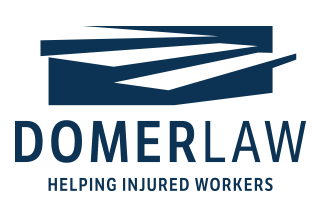Regular readers of our Wisconsin Workers’ Compensation blog will no doubt recall that we recently shared half of the federal government’s Occupational Health and Safety Administration (OSHA) Top Ten list of citations it issued in fiscal year 2019.
The first five entries included fall protection (general requirements), hazard communication, scaffolding, lockout/tagout and respiratory protection.
Picking up where we left off
Let’s finish OSHA’s Top Ten by picking up with number six:
- Ladders: 2,345 citations
Everyone knows what a ladder is and should understand the hazards associated with working on or around a ladder (or stairway). Unfortunately, stairways and ladders are involved in many major on-the-job injuries and fatalities – especially among construction workers. OSHA’s rules apply to working on and near ladders and stairways used in construction, repair, painting, decorating and alterations, as well as in demolition of worksites.
- Powered industrial trucks: 2,093 citations
This category simply refers to the forklifts and lift trucks used to move materials in a wide cross-section of U.S. industries. Forklifts and lift trucks are used to move, remove, raise or lower objects large and small. The hazards presented by powered industrial trucks depend on the type of truck and the operations being performed with it. A forklift used in retail, for instance, can create hazards involved in falling loads that a motorized hand truck would not. Of course, a hand truck can move objects, can’t lift heavy items such as pallets. Forklifts and lift trucks are also often part of workplace accidents involving tipping over (thereby injuring the operator or workers nearby), running over or striking employees.
- Fall protection (training): 1,773 citations
OSHA requires employers to train all workers who are exposed to fall hazards.
- Machine guarding: 1,743 citations
Required protections for employees operating dangerous industrial equipment such as power saws, presses, fans, cutters, conveyor belts, etc. Unguarded or insufficiently guarded machines can result in severe and disabling injuries such as amputations and crushing injuries, as well as lacerations and abrasions.
- PPE – Eye and face protection: 1,411 citations
OSHA requires employers to provide PPE (personal protective equipment) as needed to prevent work-related eye injuries that cause blindness or other injuries or illnesses from exposure to physical, chemical, electrical or mechanical hazards.
Most employees injured on the job in Milwaukee and other parts of the state are eligible for Wisconsin workers’ comp benefits that include medical care and wage replacement.


